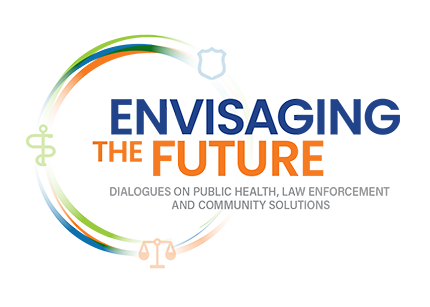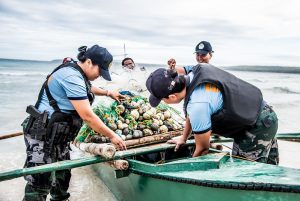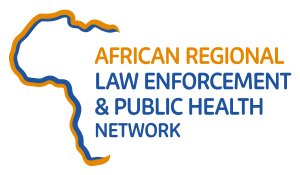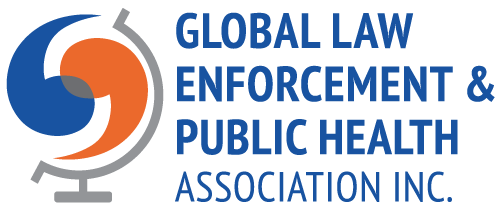
While there are differences, countries of the world are generally grappling with the same complex issues impacting public health and the criminal justice system. Though many of these issues might seemingly be insurmountable, there are opportunities to draw on experience, expertise and a collective will from all corners of the world to address these issues and to develop viable and sustainable solutions.
The objectives of GLEPHA, shared by many, cannot just be platitudes, but are a call to action, and that begins with the recognition that the matters addressed by the law enforcement and by the public health sectors are inextricably intertwined. Both sectors share common objectives of optimising community health and wellbeing, and collaboration between public health and law enforcement is now more critical than it ever has been.
The current training manual, Gender-Responsive Harm Reduction Policing and Law Enforcement, is an excellent example of some of the emerging and innovative initiatives that show promise, as well as those practices that have proven success.
GLEPHA would like to thank the authors Dr Melissa Jardine and Dr Katya Burns for preparing the training, and especially Ruth Birgin, Coordinator for the Women in Harm Reduction International Network (WHRIN), who contributed a great deal to its completion.
Further Acknowledgements
We also appreciate the contributions of Zhannat Kosmukhamedova, UNODC, Monica Ciupagea, UNODC, Ehab Salah, UNODC, Fariba Soltani, UNODC, Associate Professor Jyoti Belur, Department of Security and Crime Science, University College London, Dr Emma Plugge, WHO Collaborating Centre for Health in Prisons Program, WHO European Region, Brigitte Tenni, Nossal Institute for Global Health, Australia, Angela Hantsis, Senior Sergeant, St Kilda Police Station, Victoria Police, Australia, Gloria Lai, International Drug Policy Consortium, Sally Boothby, Resourcing Health and Education in the Sex Industry, Australia, and, Stephanie Hill, Learning and Development Consultant, United Kingdom.
The authors are grateful to the Advisory Group, experts and practitioners who generously gave their time, provided support and input on various aspects of the training guide. In particular, thanks to Professor Nick Crofts, Director, Centre for Law Enforcement and Public Health, Ruth Birgin, Women and Harm Reduction International Network (WHRIN), and Professor Mangai Natarajan, Department of Criminal Justice, John Jay College of Criminal Justice, New York, for their early guidance.


